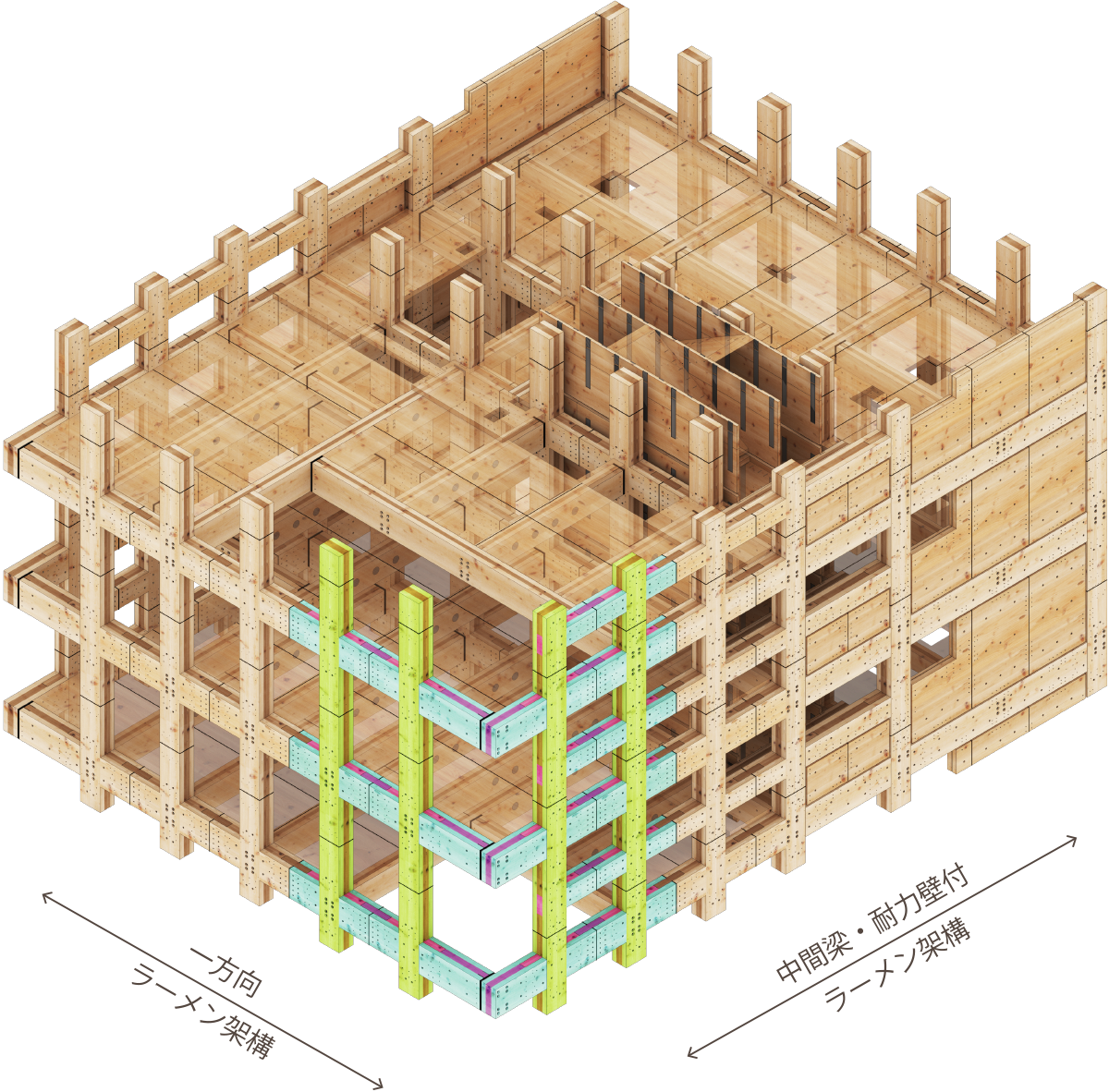The Final Assignment: Critical Reflection - Ewan Cheong
Critical Reflection part one: Module Learning According to the formal introductory letter I wrote at the start of the module, my goals were simple: improve upon my public speaking skills by getting proper practice and guidance. I think it is easy to say that my goals have been met, through proper assignments like the vodcast and the final oral presentation as well as the short moments during class when I am called upon to read. Even though the sense of nervousness is still there, I can say that i'm getting better. During the trimester, we learnt many processes and techniques for how our thinking processes should go to achieve certain ideals. Critical thinking is a vital tool, even in daily life that allows us to maximise the potential for success or at the very least help to make informed decisions and I feel that we have learnt this well, even at a subconscious level during the module. I feel that the aspect of giving and recieving feedback from Professor Blackstone and my classm...
